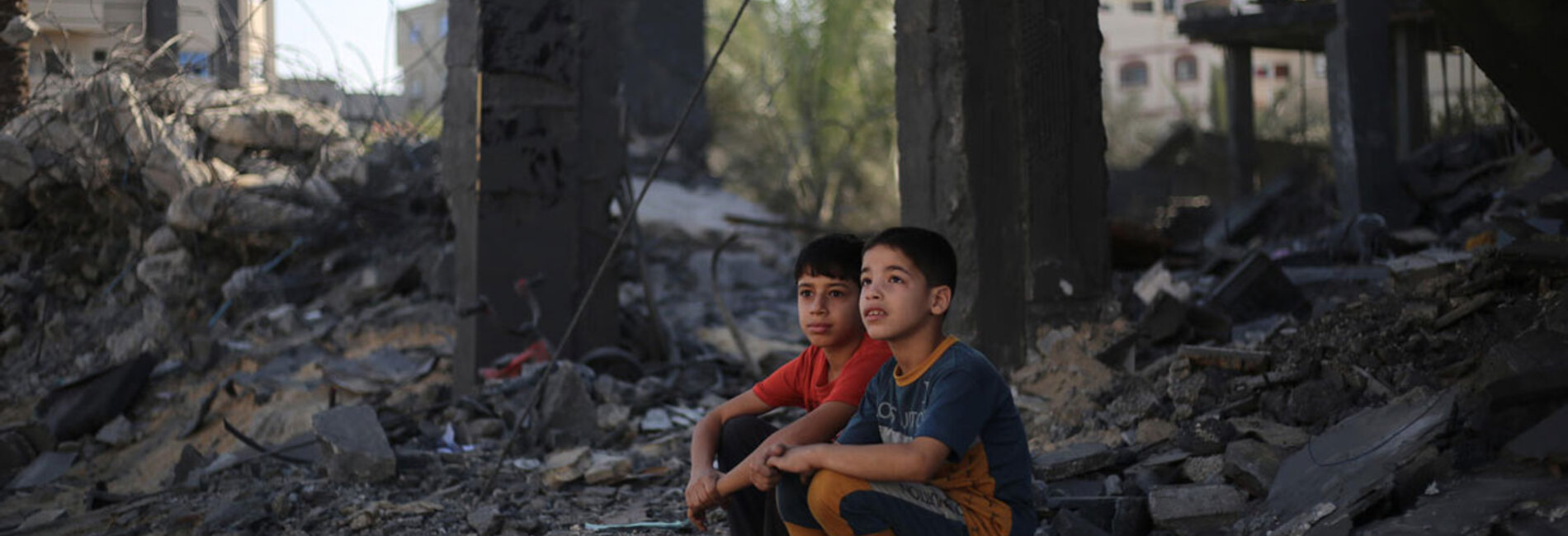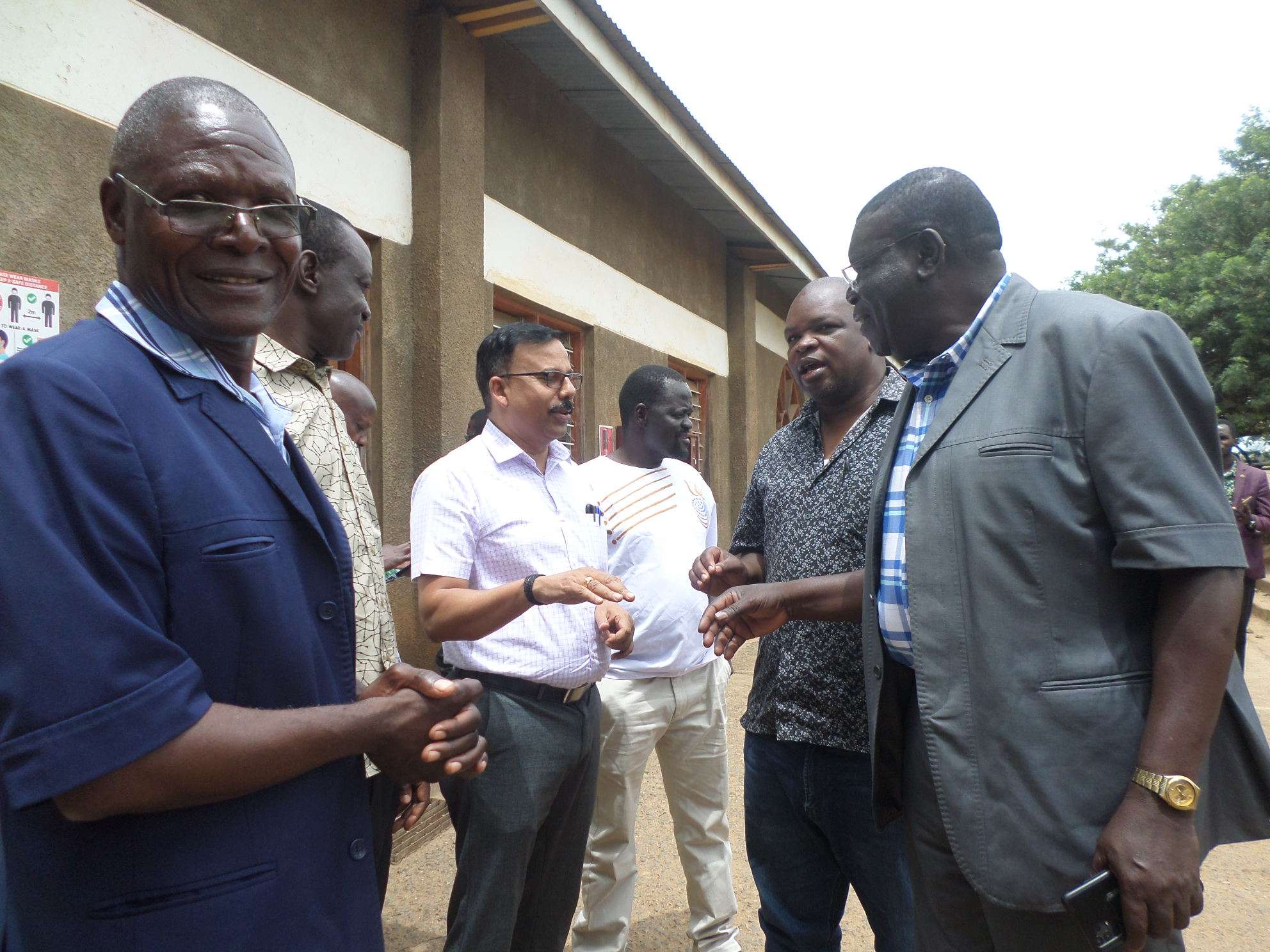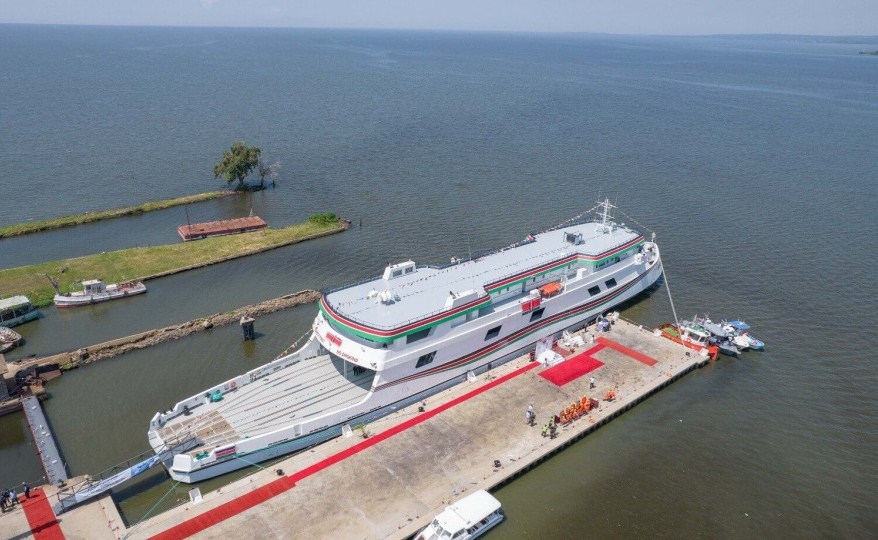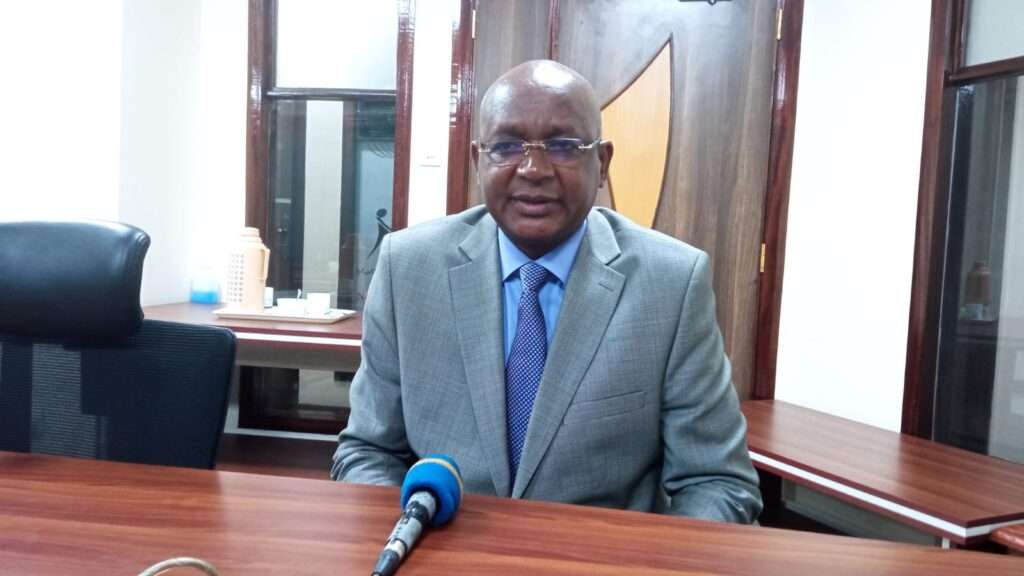The crisis, marked by starvation, mass displacement, and diplomatic tensions, has seized global attention.
The United Nations Office for the Coordination of Humanitarian Affairs (OCHA) has described the situation as “normalising” mass deprivation, with preventable deaths mounting daily.
A staggering 320,000 children under five are at risk of acute malnutrition, with lifelong physical and mental health consequences looming. Hospitals, crippled by fuel shortages and damaged infrastructure, are overwhelmed, unable to treat malnourished children and adults. The UN reports that 193 malnutrition-related deaths, including 96 children, were recorded by 6 August, with the true toll likely higher due to restricted access to data in North Gaza.
The blockade, which began after the collapse of a brief ceasefire in March, has slashed food aid to a fraction of what is needed, with only 14,000 metric tons entering Gaza in July against a required 62,000 metric tons monthly. Hungry crowds and armed gangs have looted much of what little aid reaches the territory, exacerbating the crisis.
Israeli forces have been accused of weaponising aid access, funnelling supplies through militarised hubs that endanger civilians. The UN has condemned this approach as a violation of humanitarian principles, noting that it forces vulnerable populations into combat zones to access necessities. Since May, over 1,400 Palestinians have been killed seeking food at distribution sites, with 859 deaths reported around Gaza Humanitarian Foundation hubs alone.
UN experts, including Special Rapporteur Ben Saul, have labelled starvation tactics as a war crime, urging Israel to restore unimpeded access for agencies like UNRWA and OCHA. Israel’s government defends its policies as security measures, claiming Hamas’s integration with civilian infrastructure complicates operations. However, critics argue that Prime Minister Benjamin Netanyahu’s plan to seize full control of Gaza City risks further civilian casualties and international isolation.
The release of harrowing videos by Hamas on 14 August, showing emaciated Israeli hostages, has intensified global outrage. The footage, depicting captives in dire conditions, prompted over 100 aid organisations to demand immediate access for foreign media, banned from Gaza for 650 days. UNRWA’s Commissioner-General, Philippe Lazzarini, highlighted the deaths of over 200 Palestinian journalists, underscoring the information blackout.
The videos have also reignited debates over the fate of approximately 50 remaining hostages, with fears that escalated Israeli operations could endanger their lives. Ceasefire talks, reportedly under discussion by Netanyahu, aim for a comprehensive hostage release, but no concrete progress has been confirmed, leaving families and advocates in despair.
Adding fuel to the fire, Israeli National Security Minister Itamar Ben Gvir’s provocative prayer at the Al-Aqsa mosque on 13 August, in defiance of a 1967 agreement preserving the site’s status quo, has sparked widespread condemnation. The move, seen as a deliberate escalation, has heightened tensions in the occupied West Bank and drawn criticism from regional powers. The UN Security Council, addressing the crisis on Sunday, reiterated calls for a two-state solution, but diplomatic paralysis persists amid competing geopolitical interests.
The Gaza crisis is not just a humanitarian tragedy but a test of international resolve. UN Secretary-General António Guterres has called for an immediate ceasefire, warning that the suffering of Palestinians must not be overshadowed. With 86.3% of Gaza under Israeli militarised zones or displacement orders, and 1.9 million people displaced, the need for action is urgent. As aid agencies plead for access and protests amplify global pressure, the world watches to see if political will can halt this catastrophic descent.
[/full]





